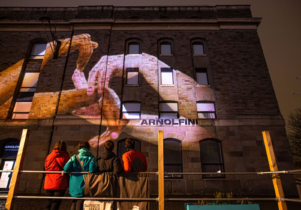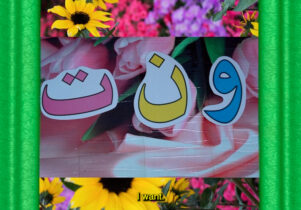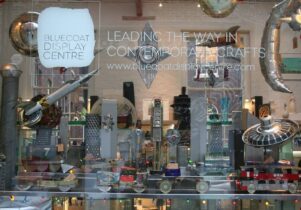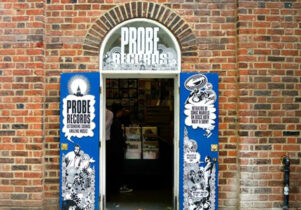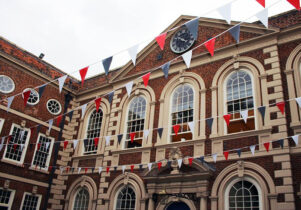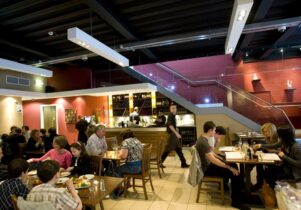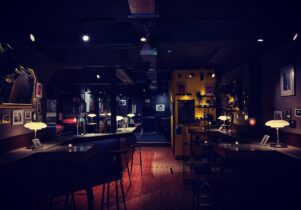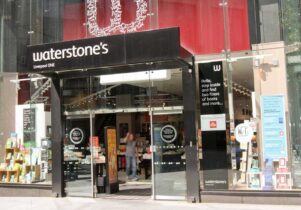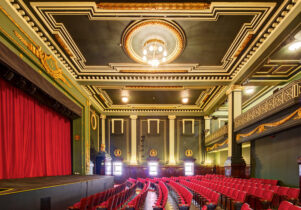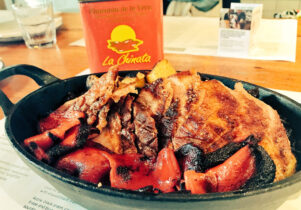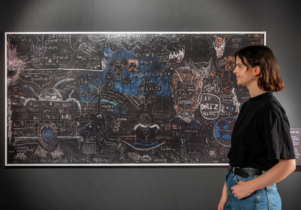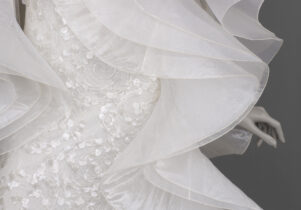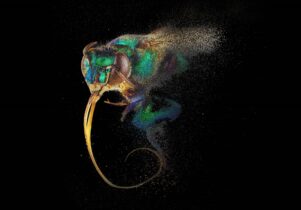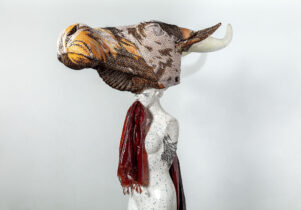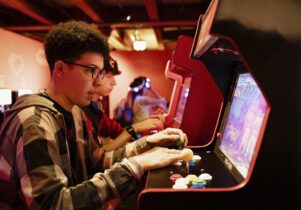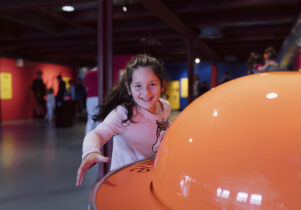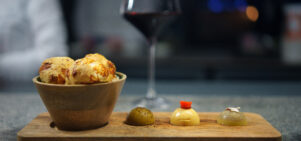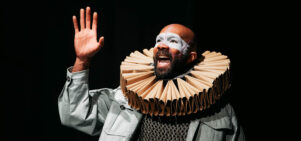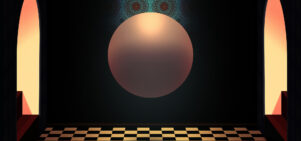Jonathan Baldock: Facecrime at Bluecoat in Liverpool
Sara Jaspan, Exhibitions Editor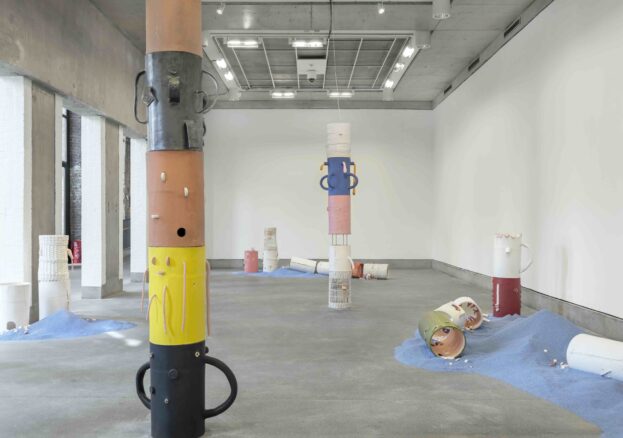
A simple clay pot from as early as 14,000BC may have primarily been made as a practical item, for cooking, eating or drinking out of. But when we observe an object like this, even of the most utilitarian kind, it also acts as a form of communication – as a bridge, connecting us with the past and the lives of our distant ancestors. Moreover, the cuneiform-inscribed clay tablets used by the Sumerians in ancient Mesopotamia are believed to have provided the first writing medium, and the examples that survive carry not just historical records but works of literature within their wedge-shaped marks.
It is these early tablets that inspired the landscape of towering ceramic columns that form the centrepiece of artist Jonathan Baldock’s current solo exhibition, Facecrime, at Bluecoat in Liverpool. The show explores the potential of clay to create communication tools that still connect with us today, and his four-metre high monaliths have a distinctly contemporary twist, featuring their own private language of expressive faces and stamped emoji symbols (perhaps the most basic, universal and fastest-growing form of modern communication). They converse audibly, too, emitting groans, whistles and chuckles among themselves through concealed speakers that echo around the gallery walls.
The exhibition takes its title from the pages of George Orwell’s dystopian novel 1984, in which the invented term (or ‘authorism’ – a neologism coined by an author that has entered wider language) describes an ‘unconscious look of anxiety, a habit of muttering to yourself’ suggesting that there was something to hide. This points to a fascinating subtext within the show, as much as we might attempt to keep our faces set like clay when placed in difficult or dangerous situations, language has a way of seeping out into the world in whatever form it need take. Facecrime looks likely to be a show with plenty to unpack.
